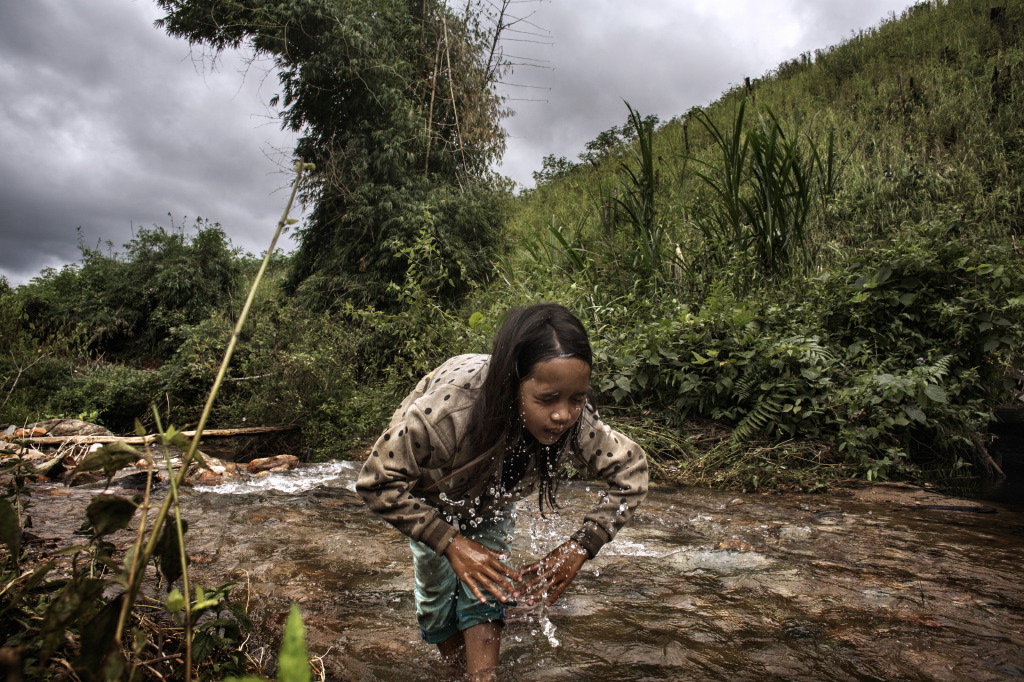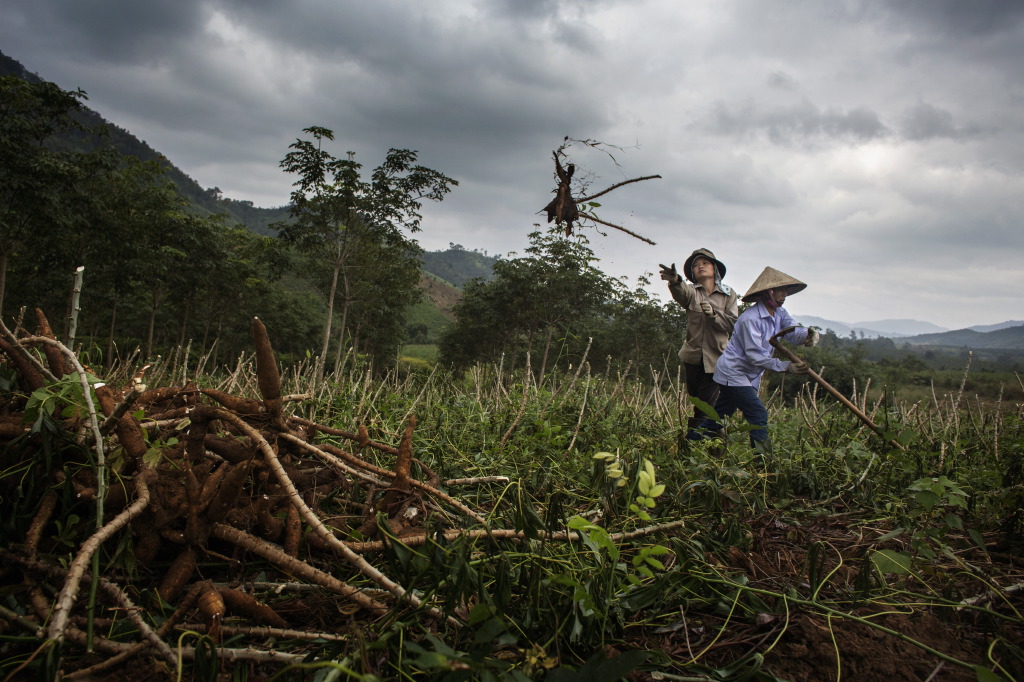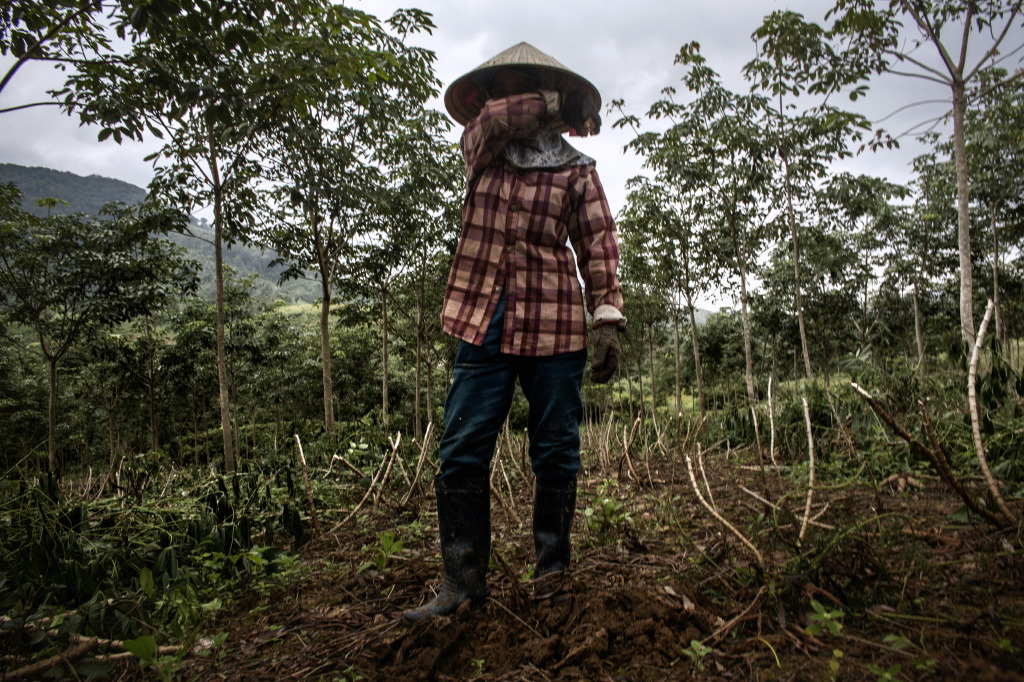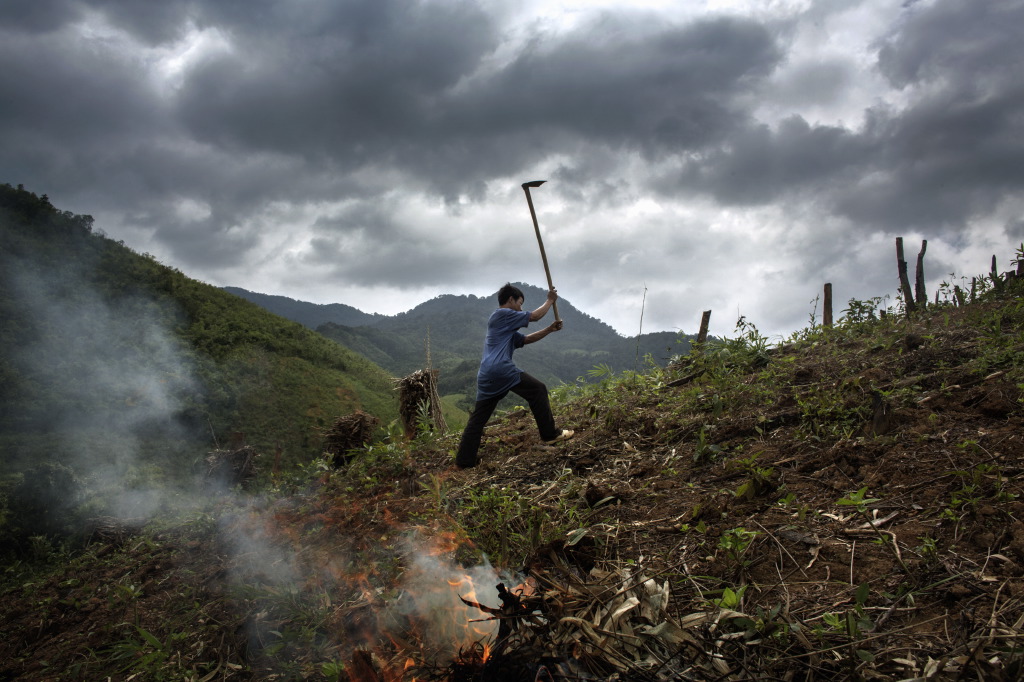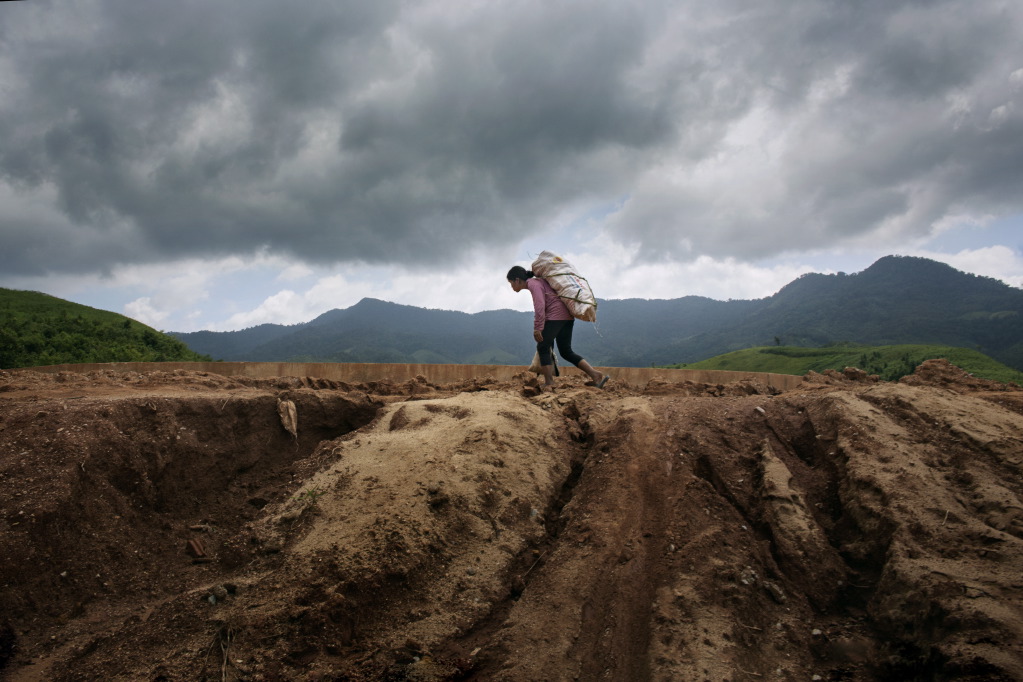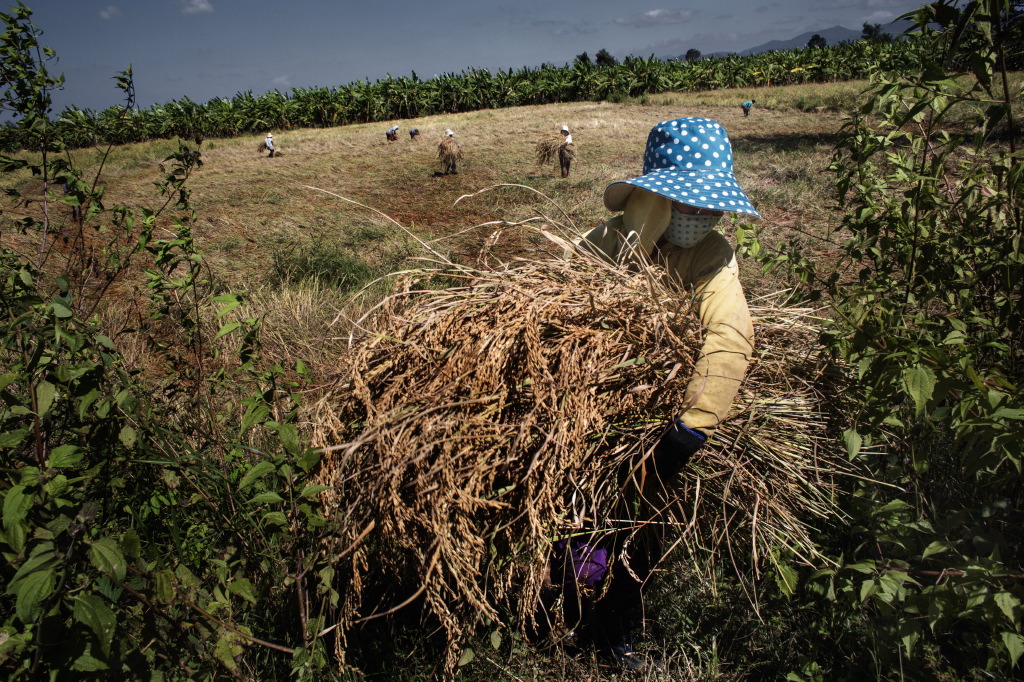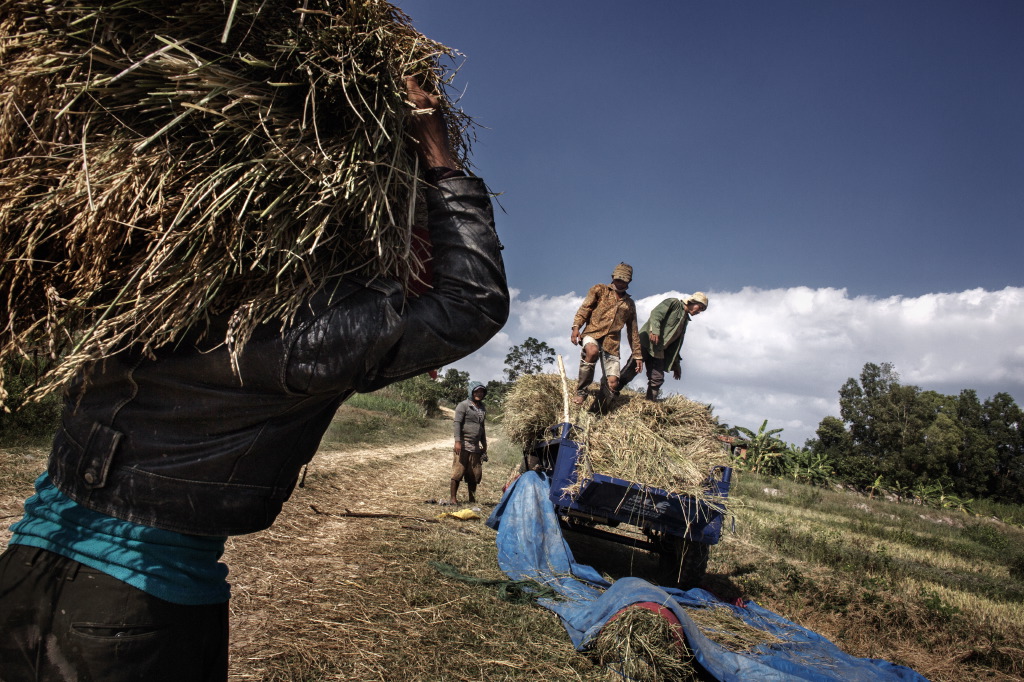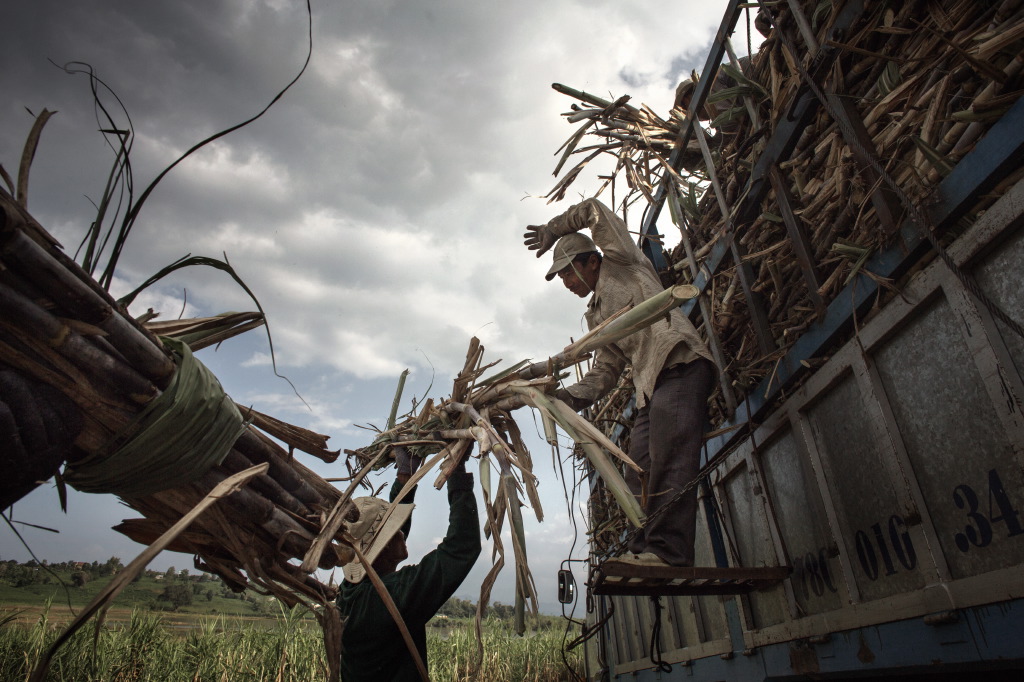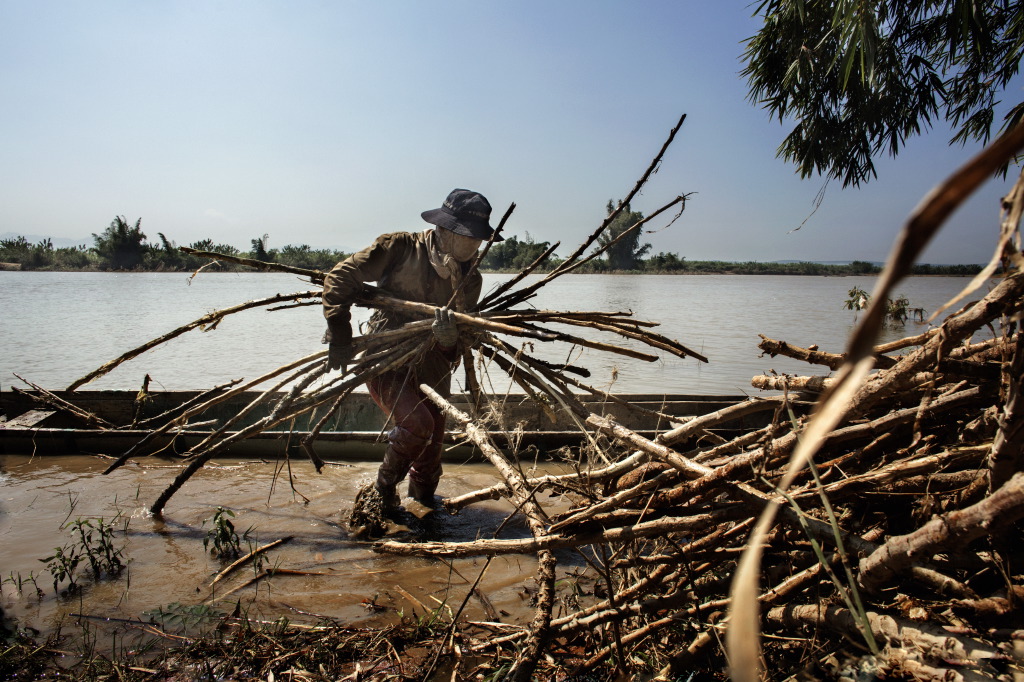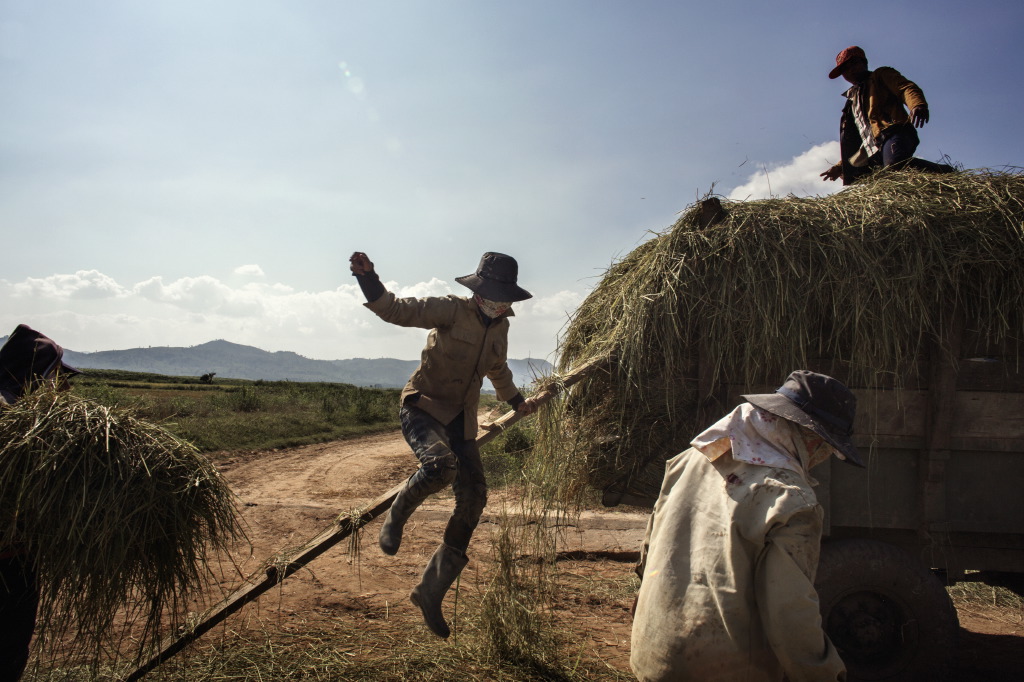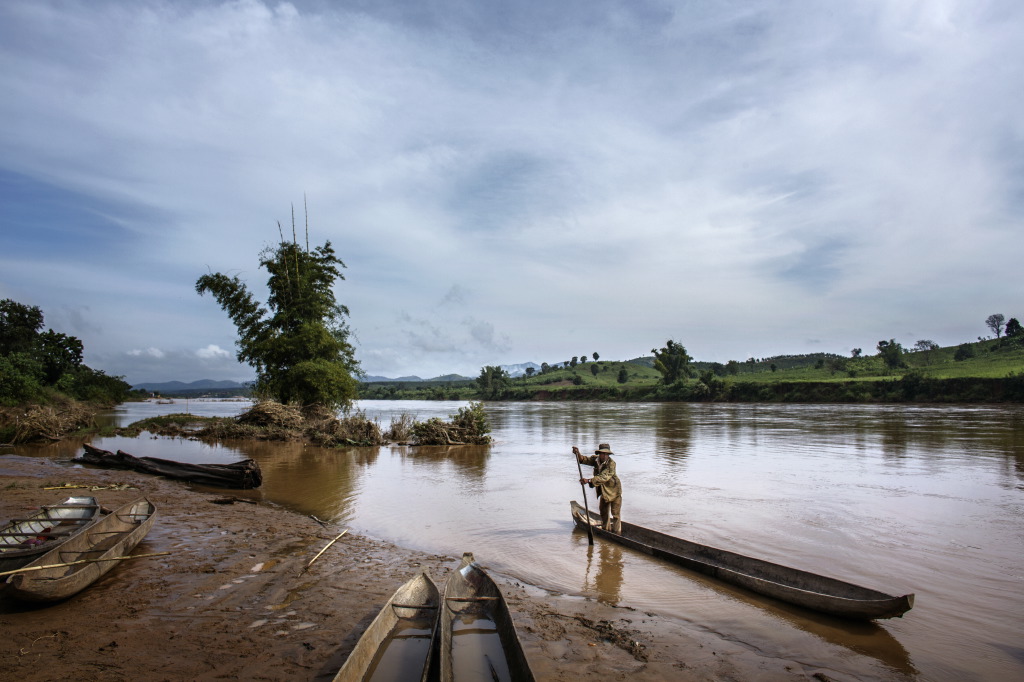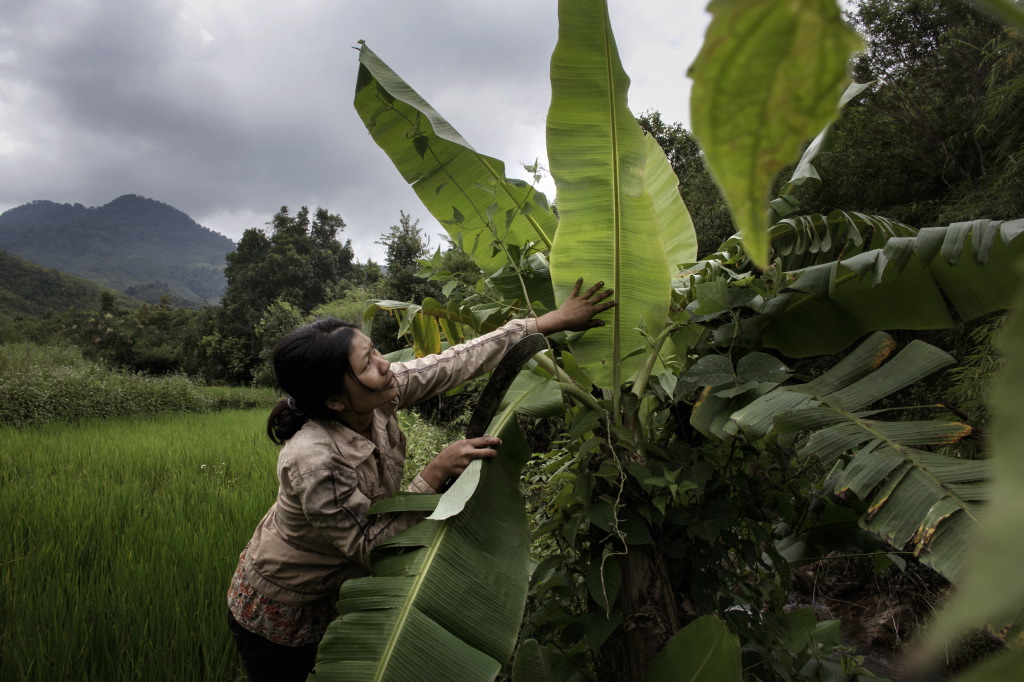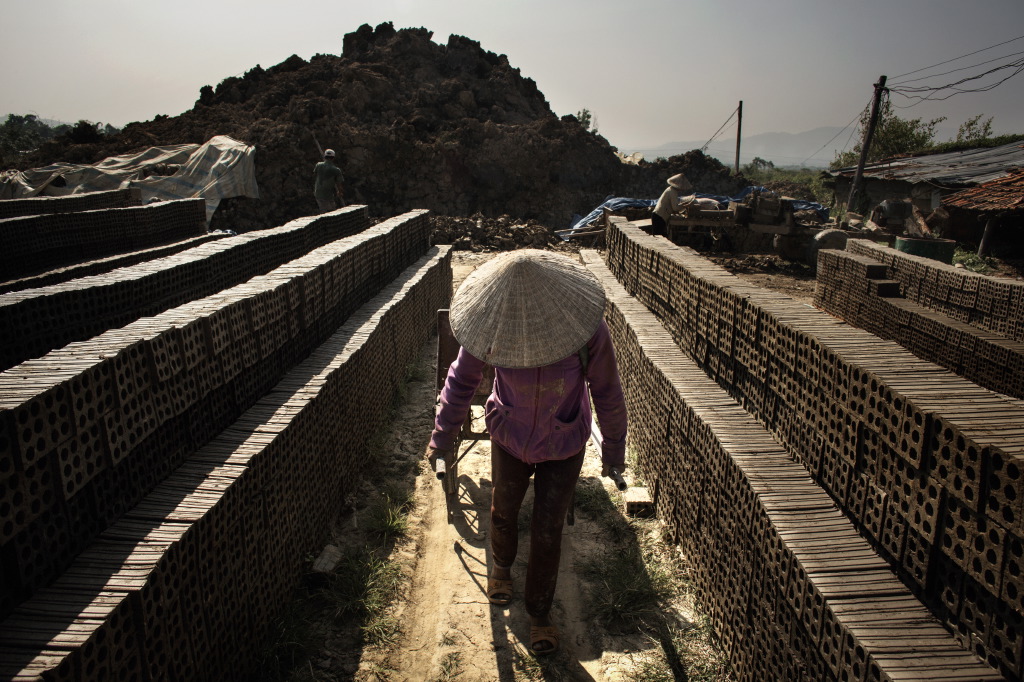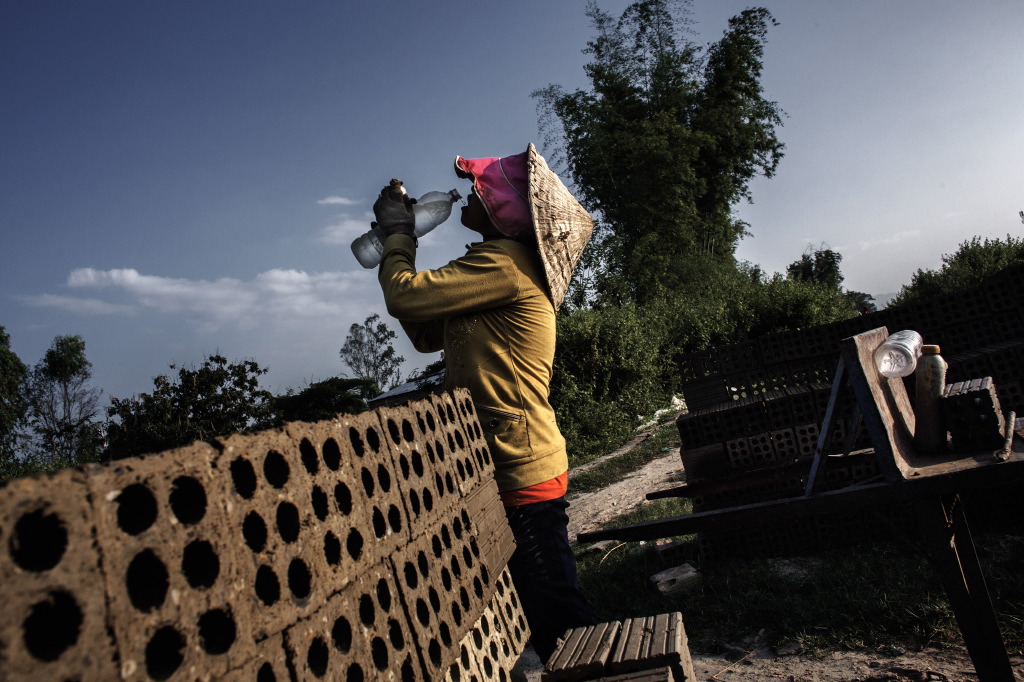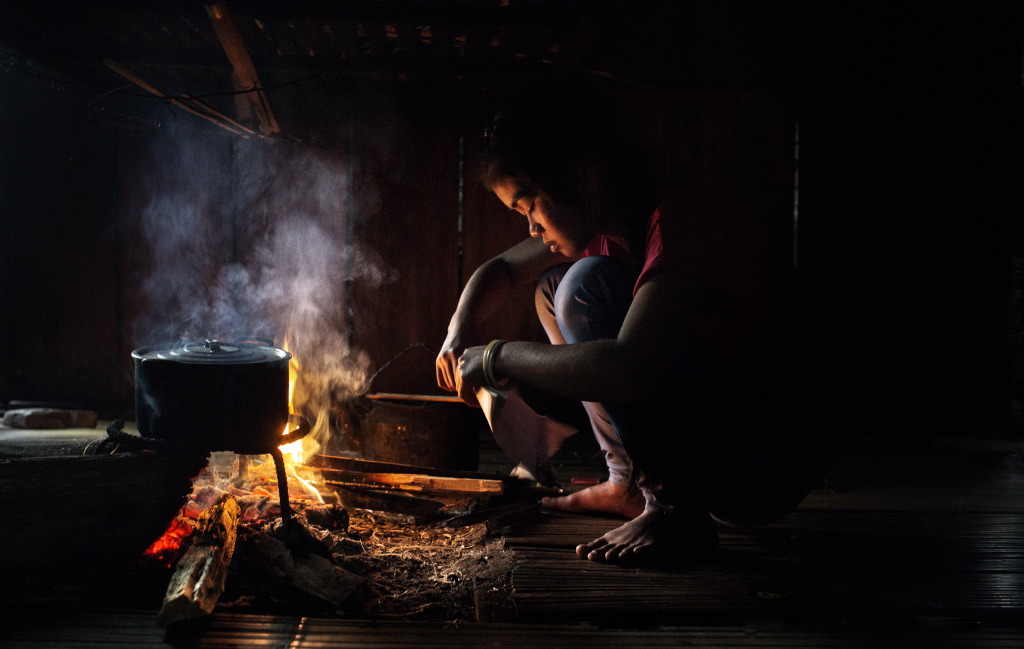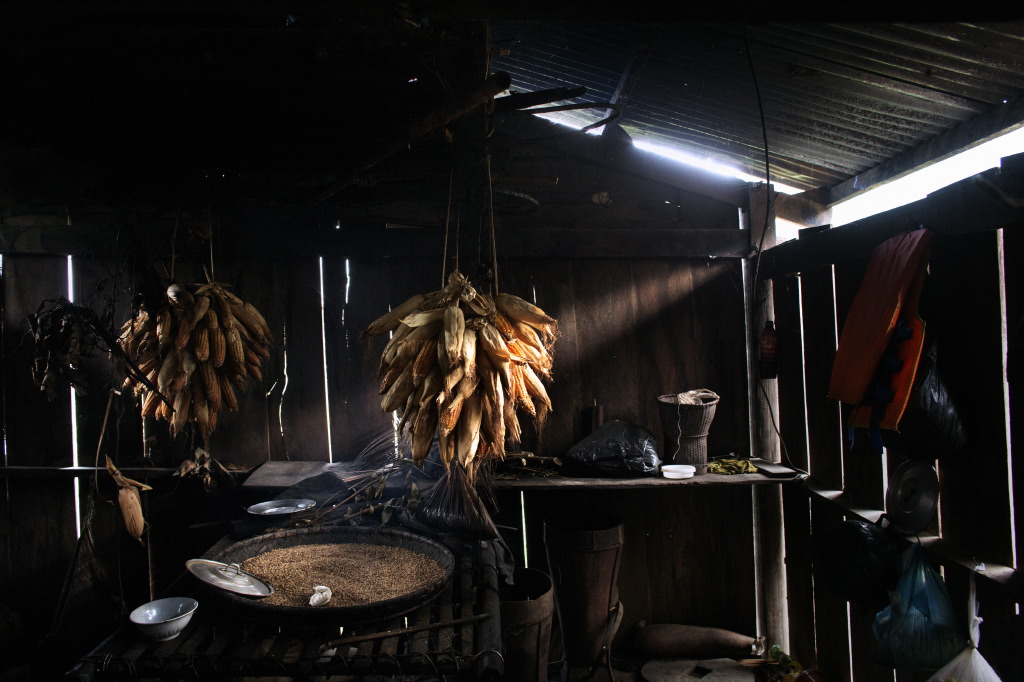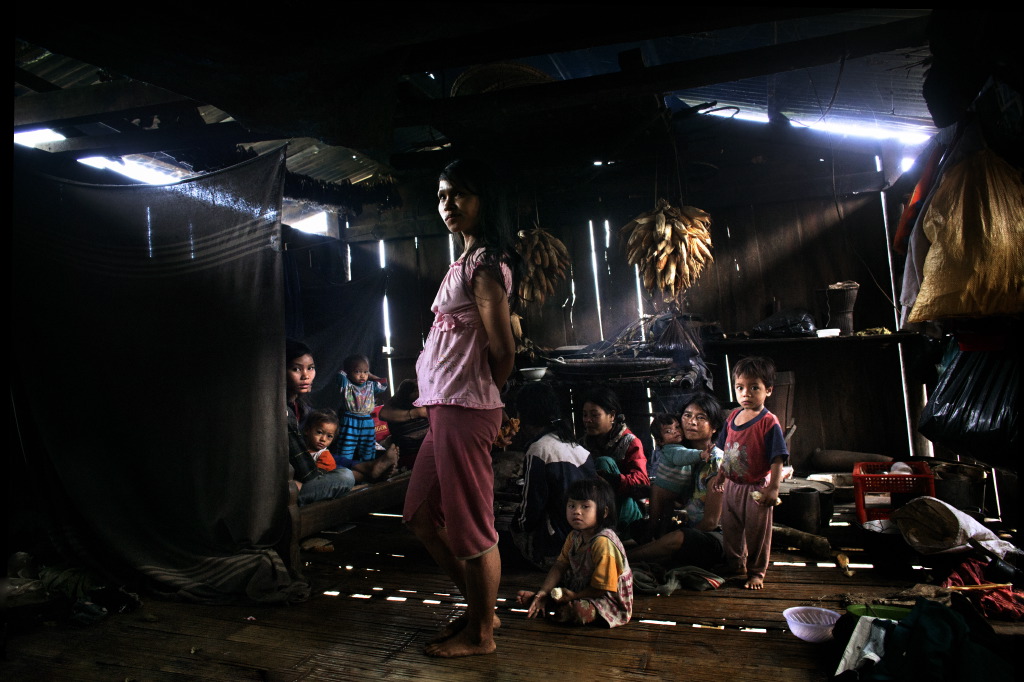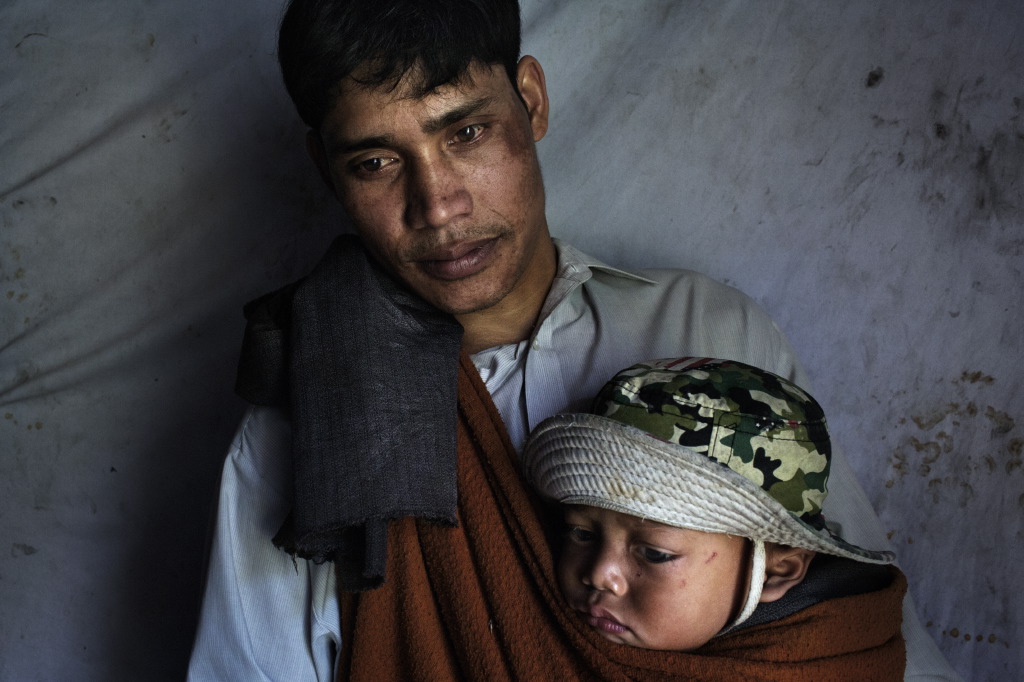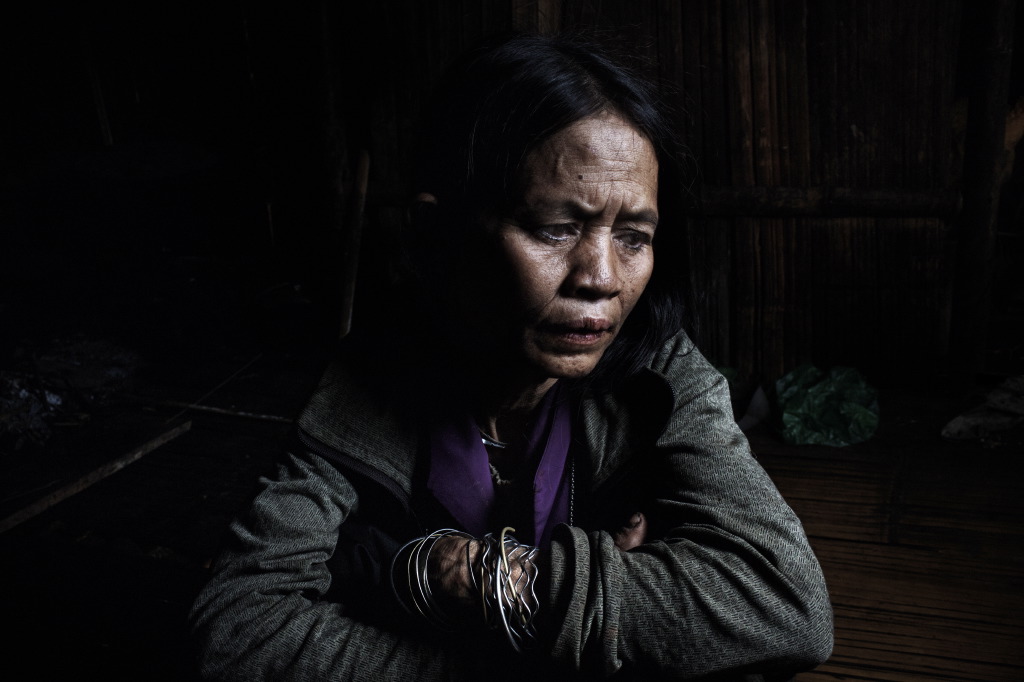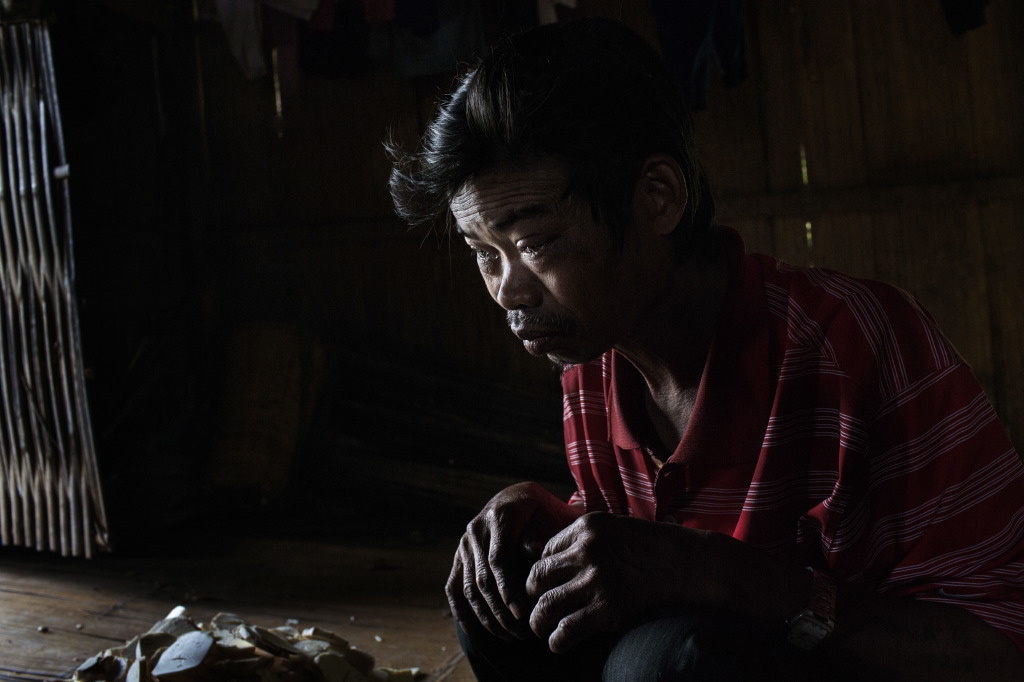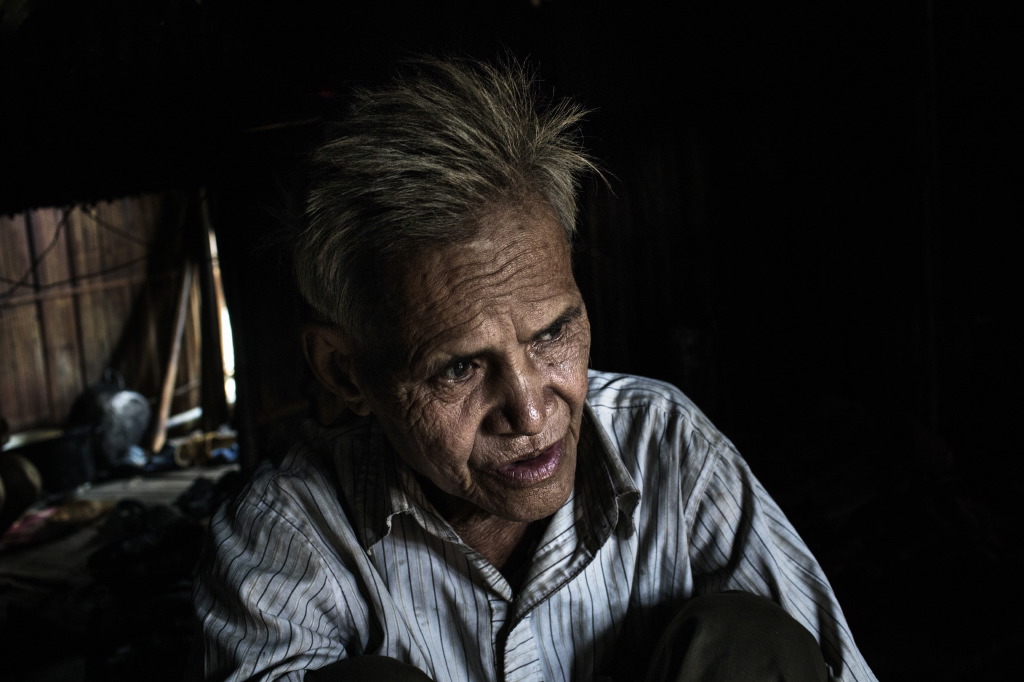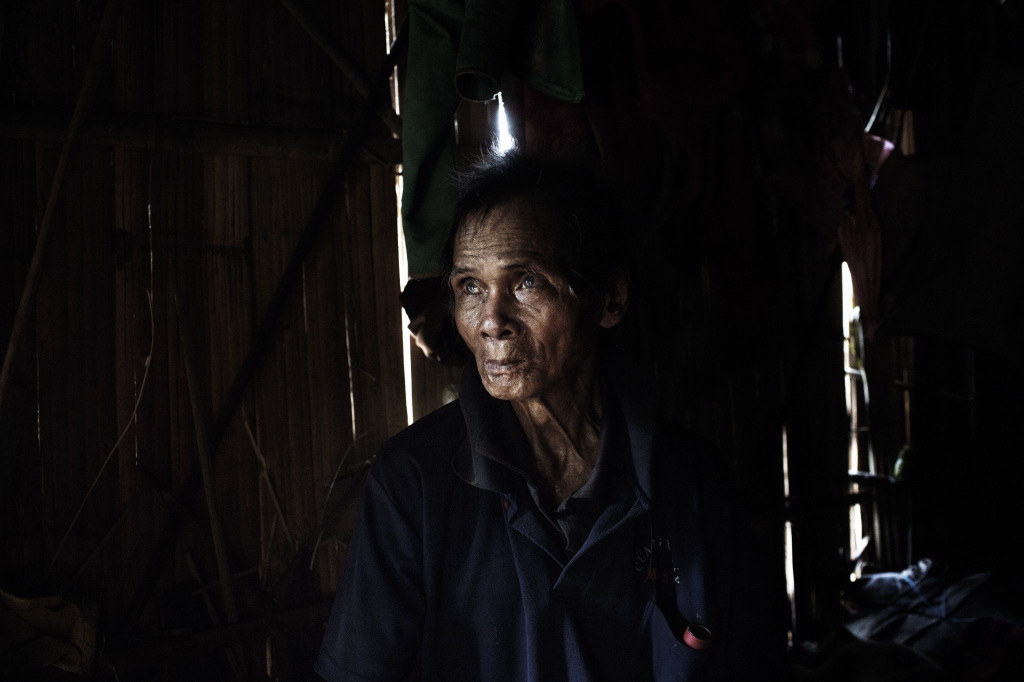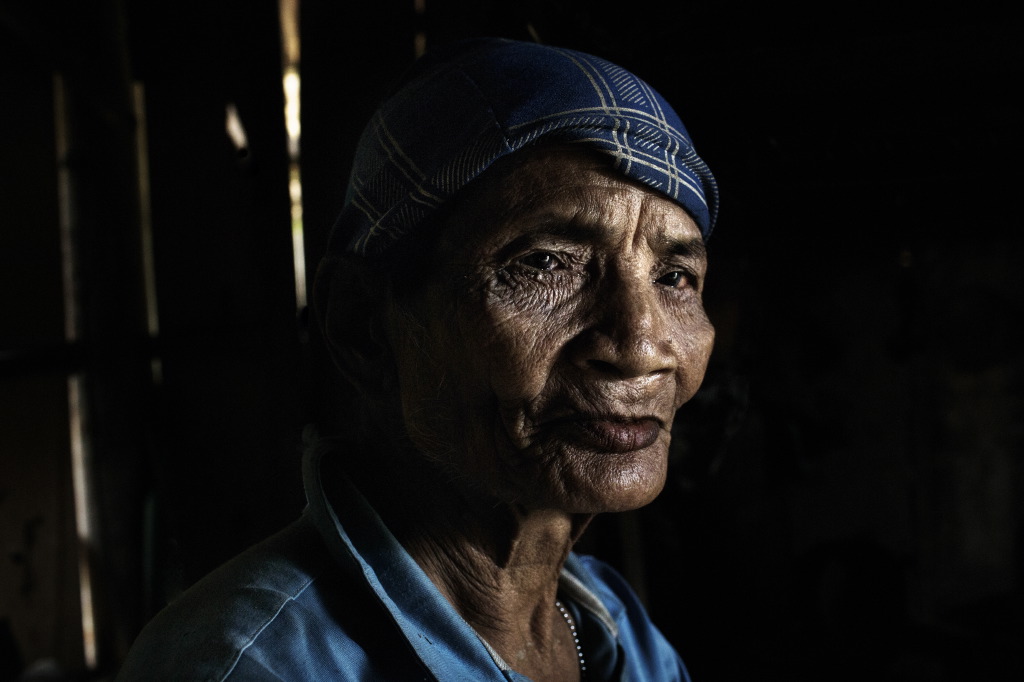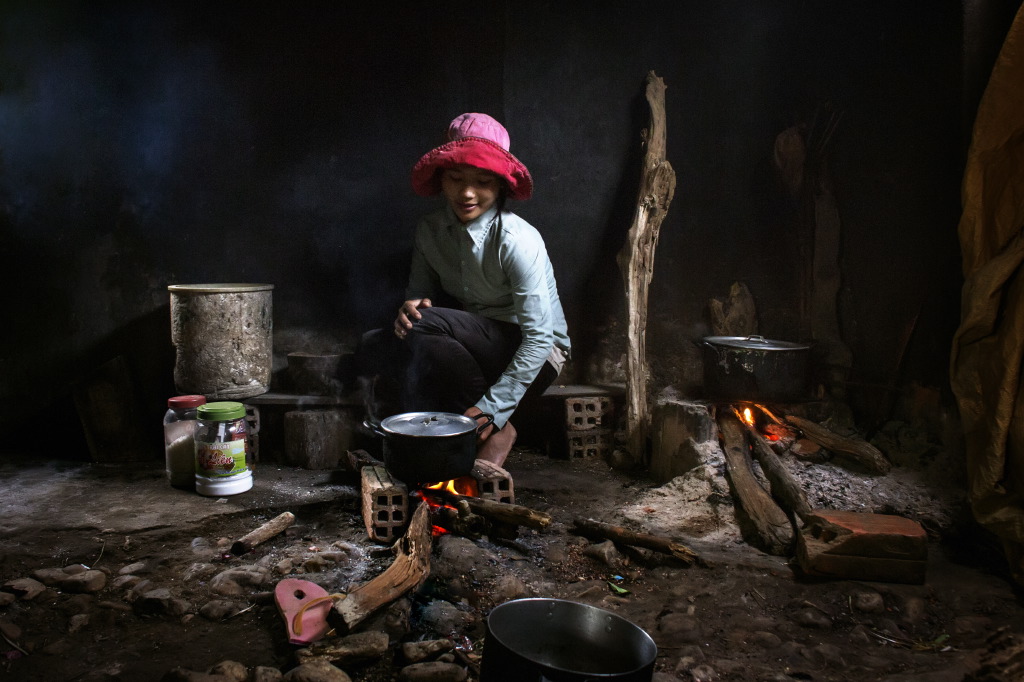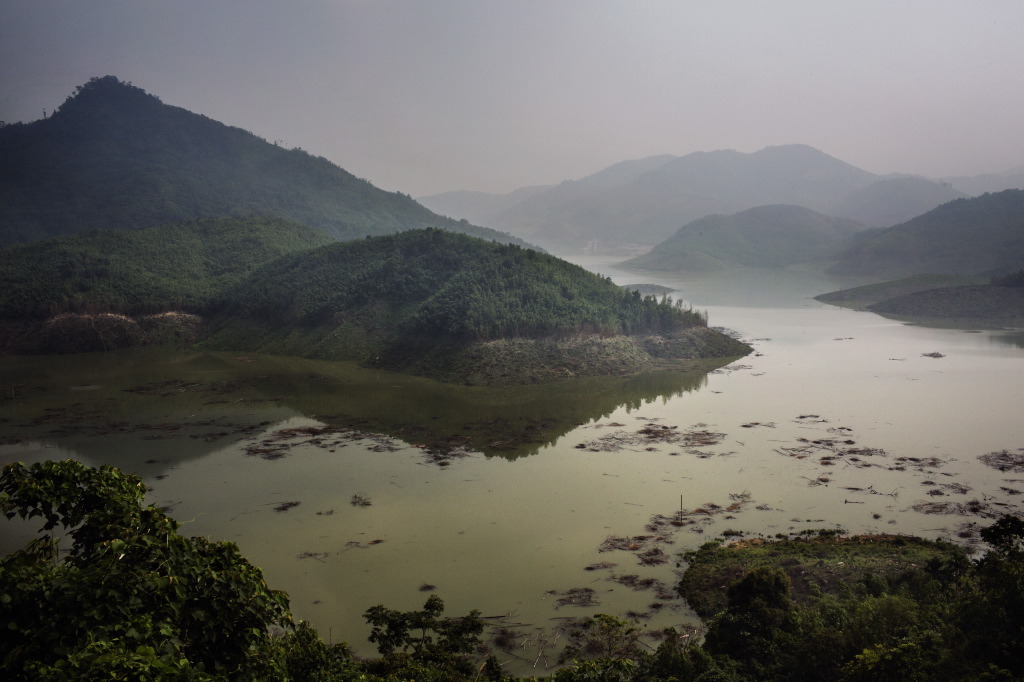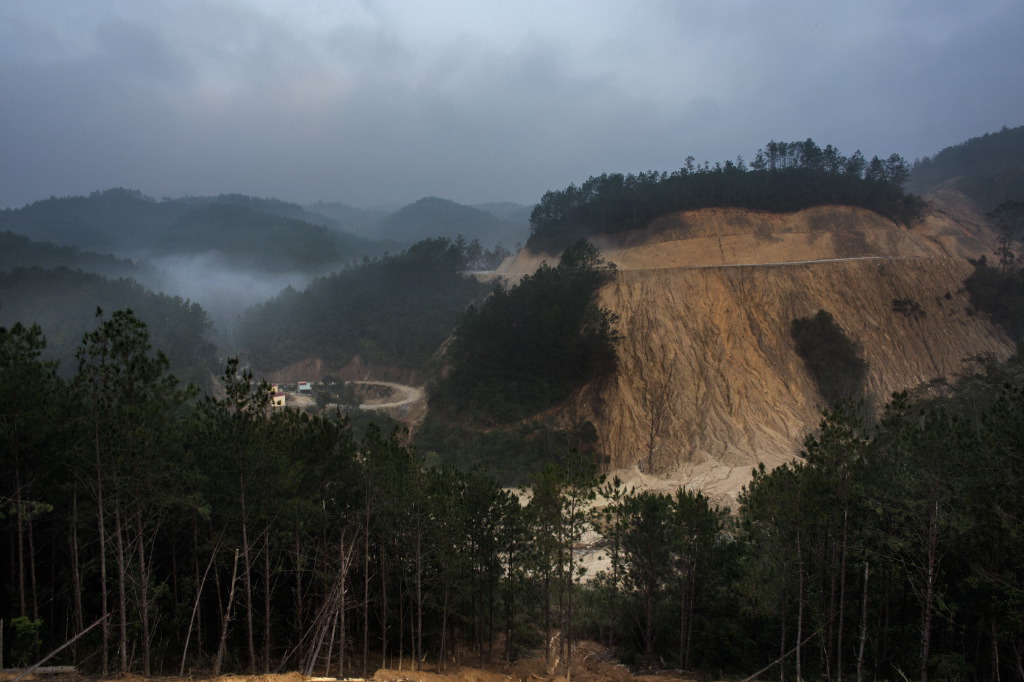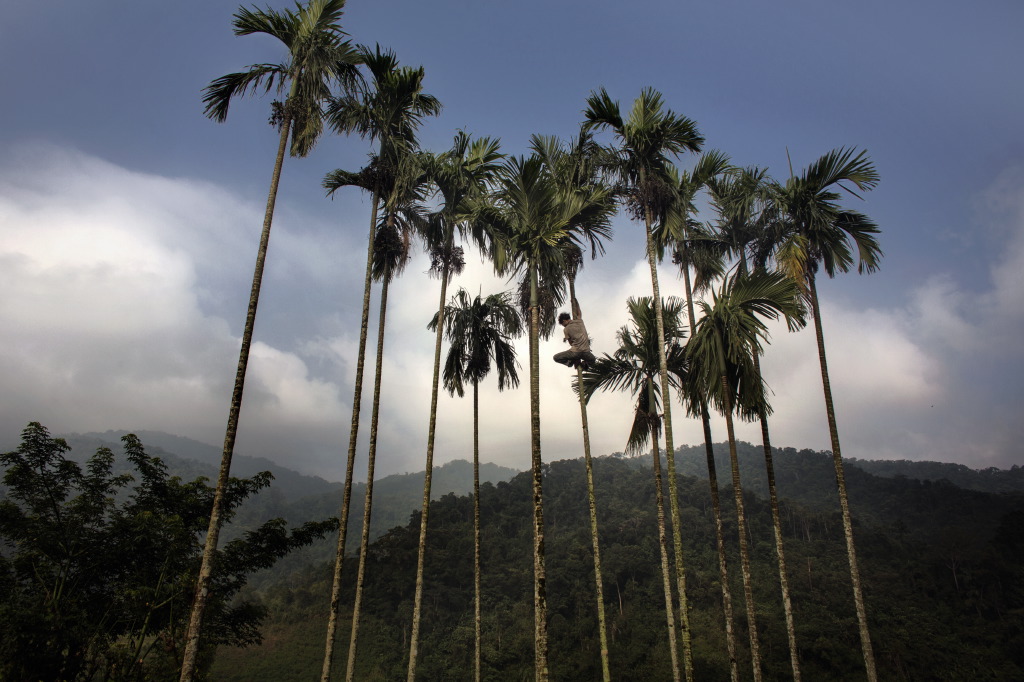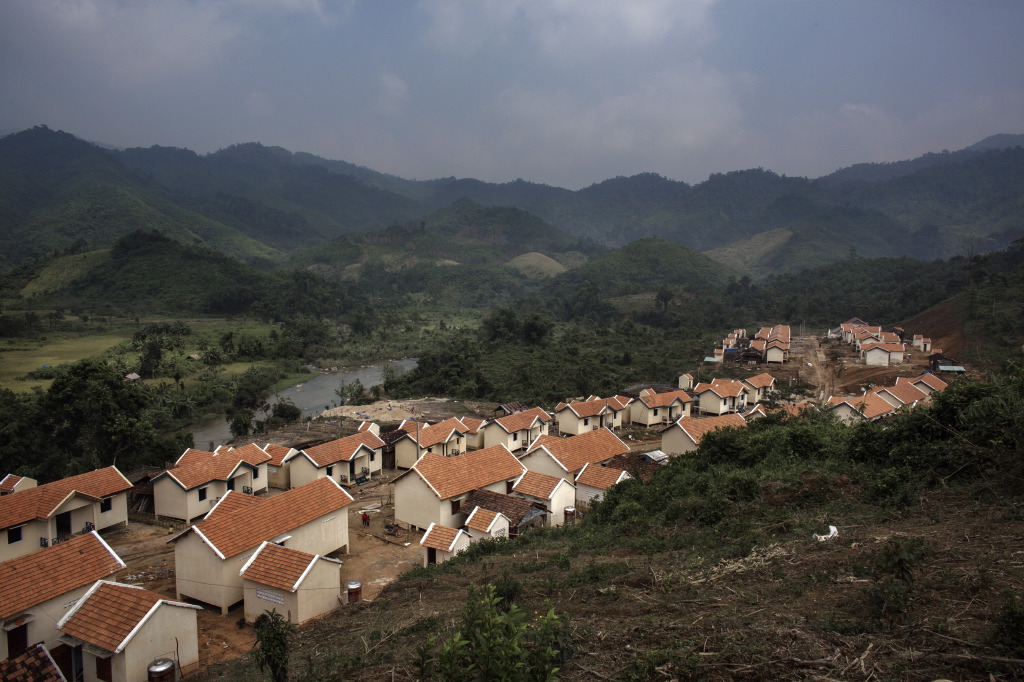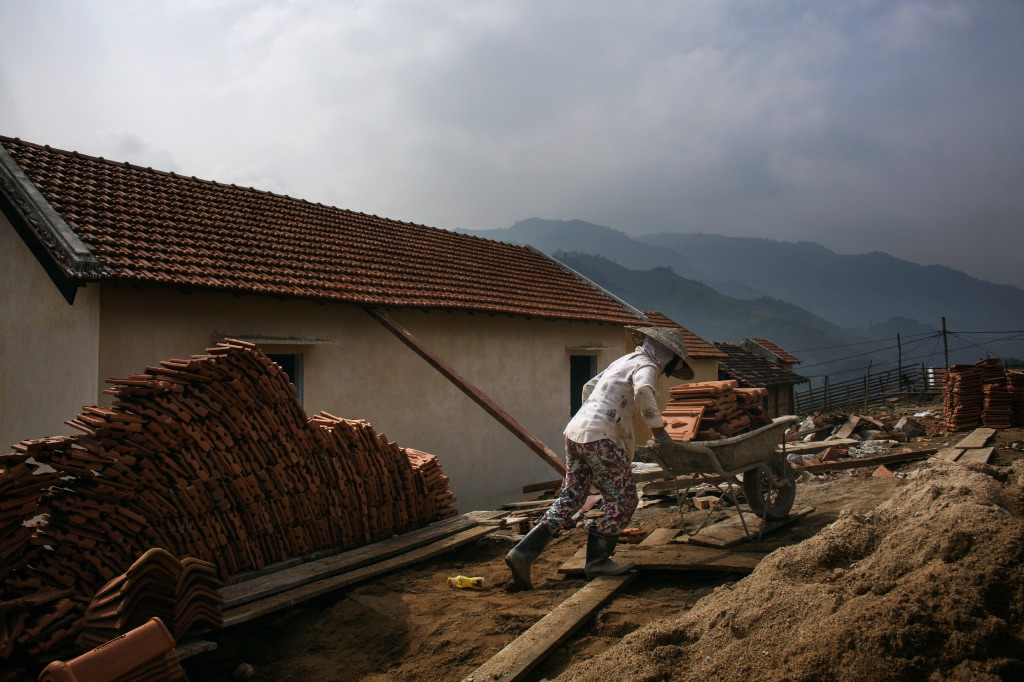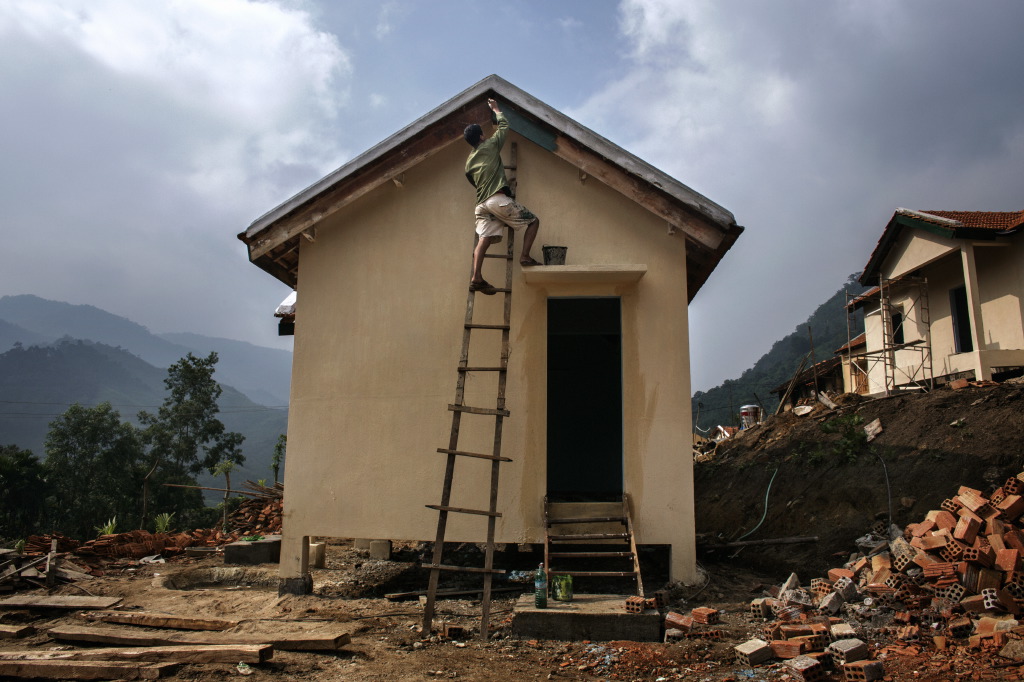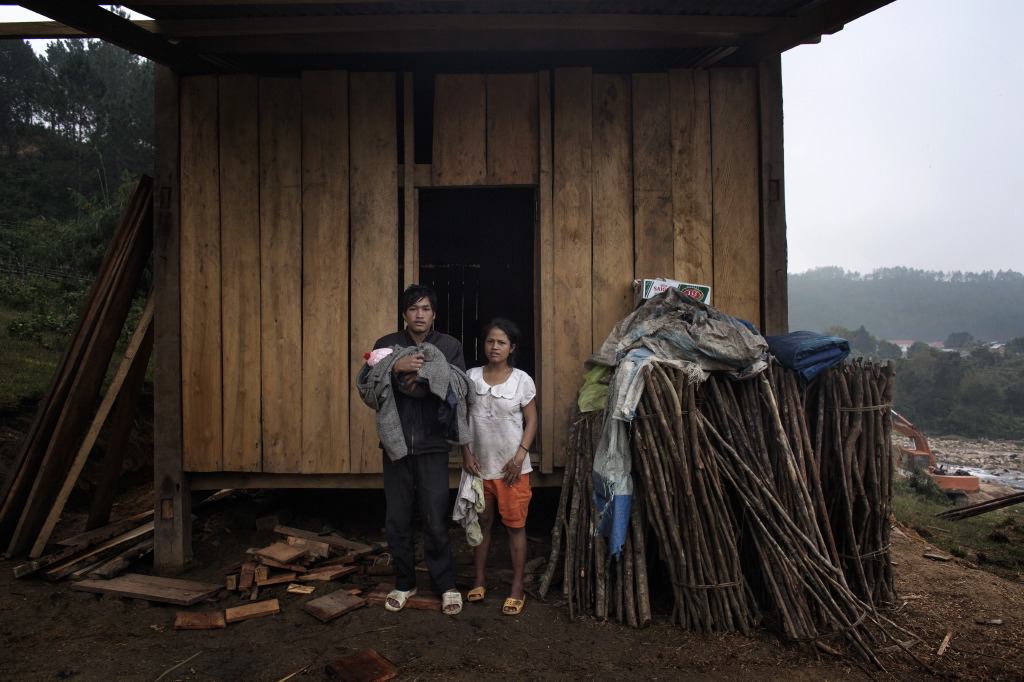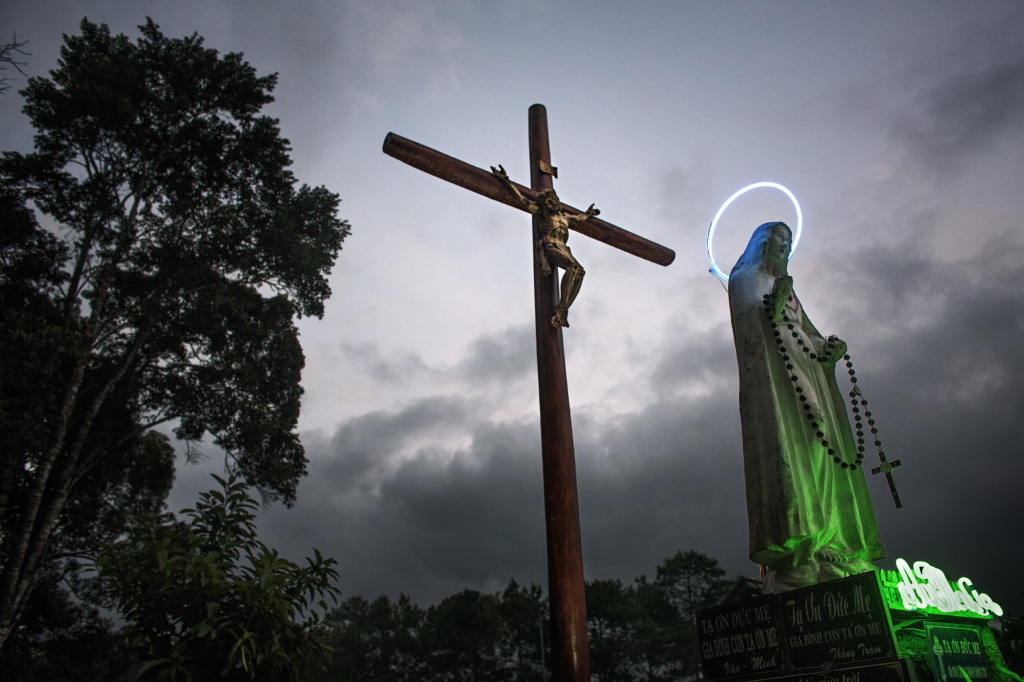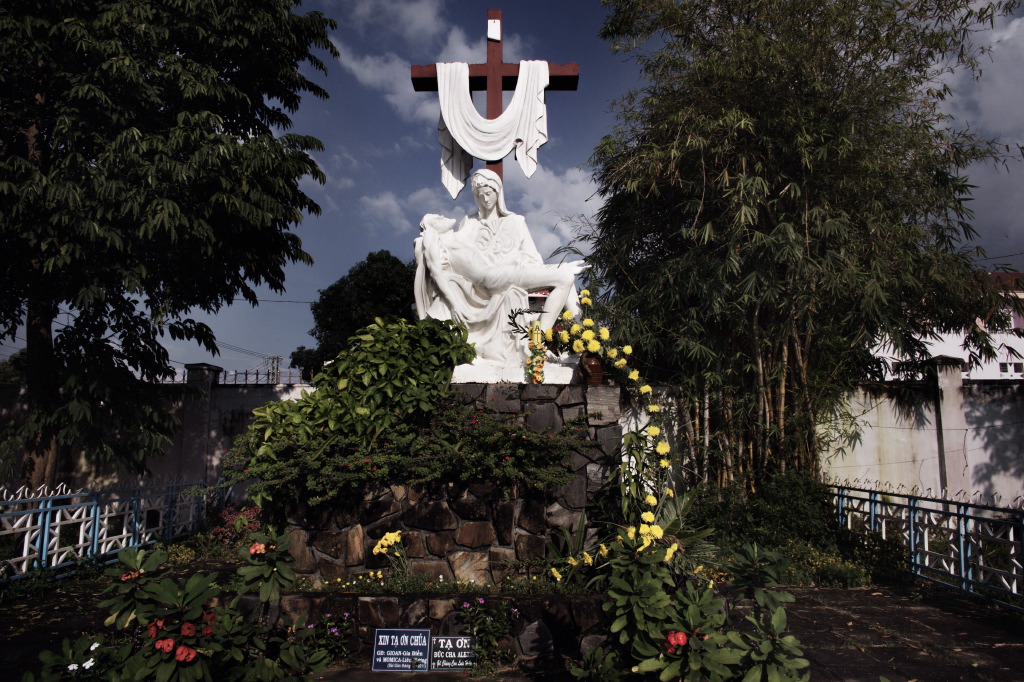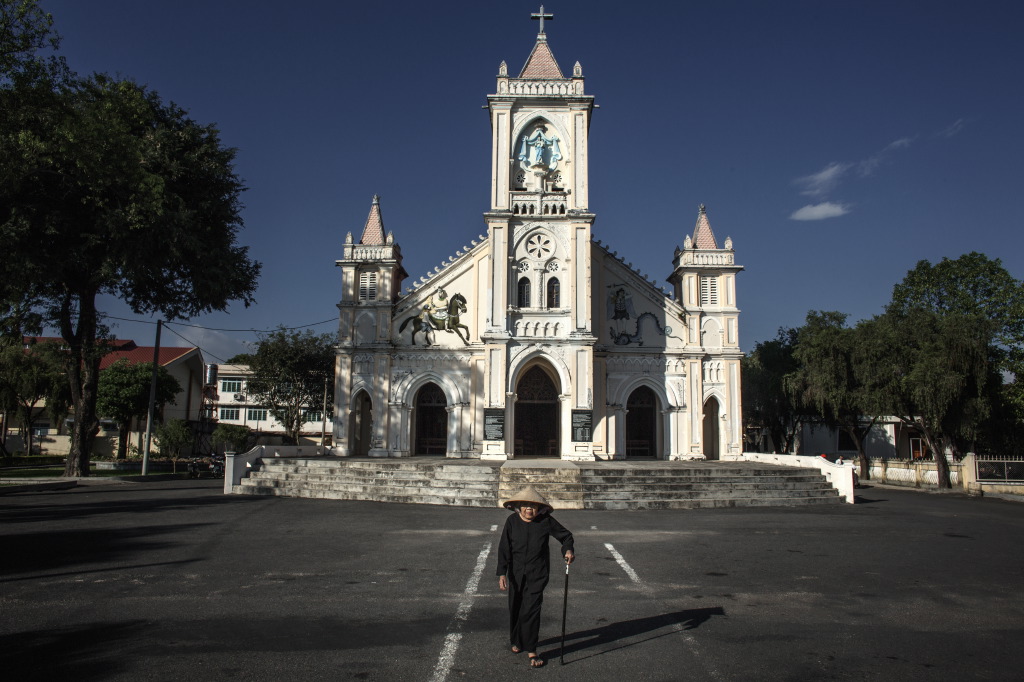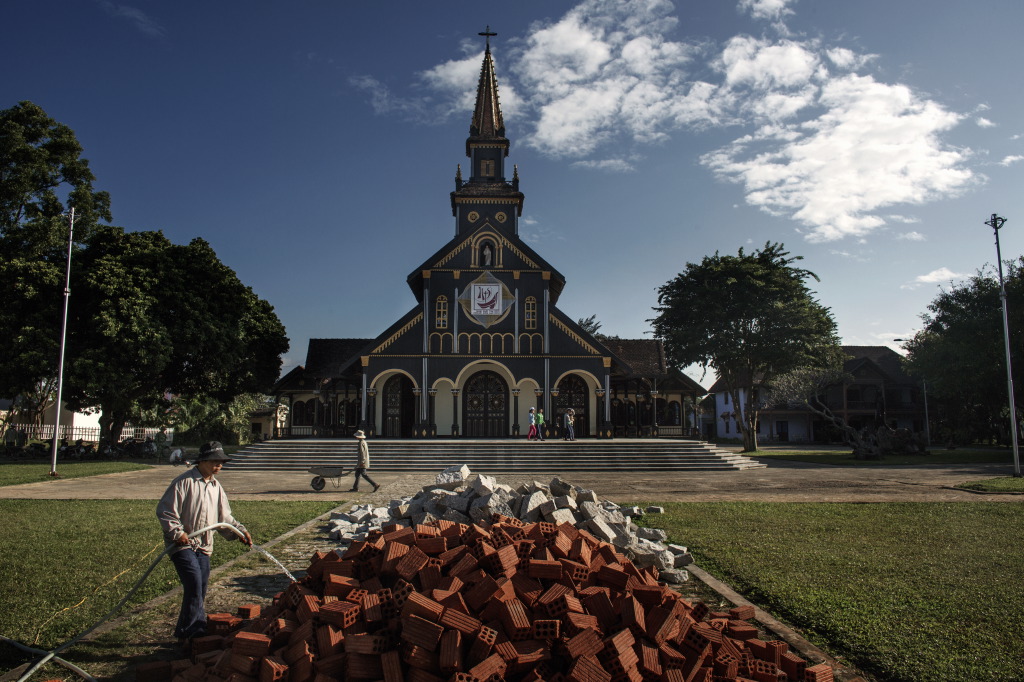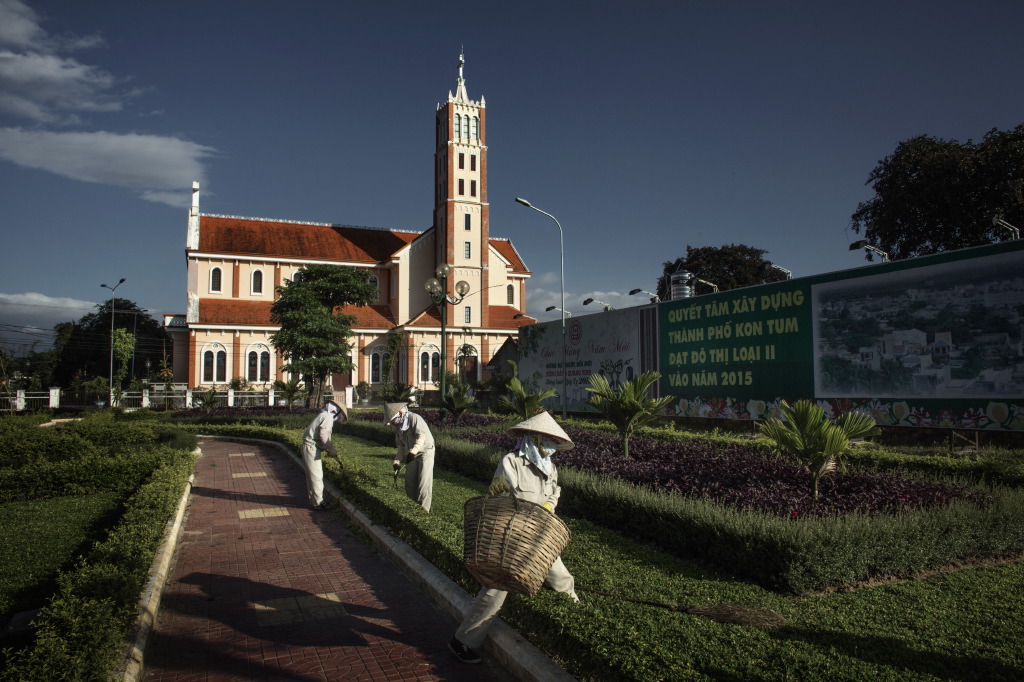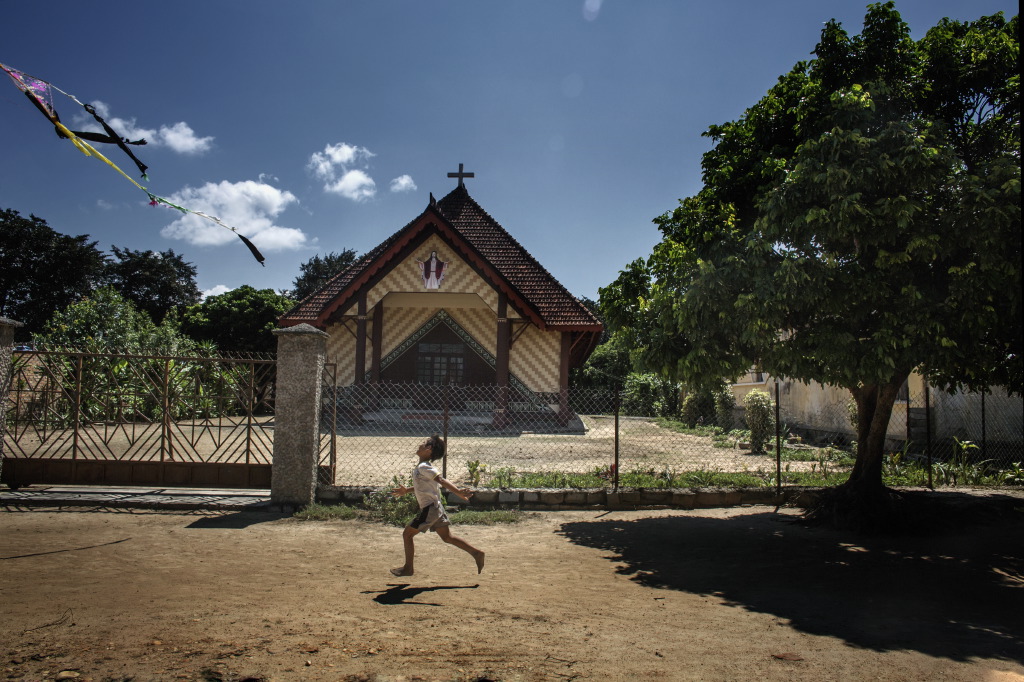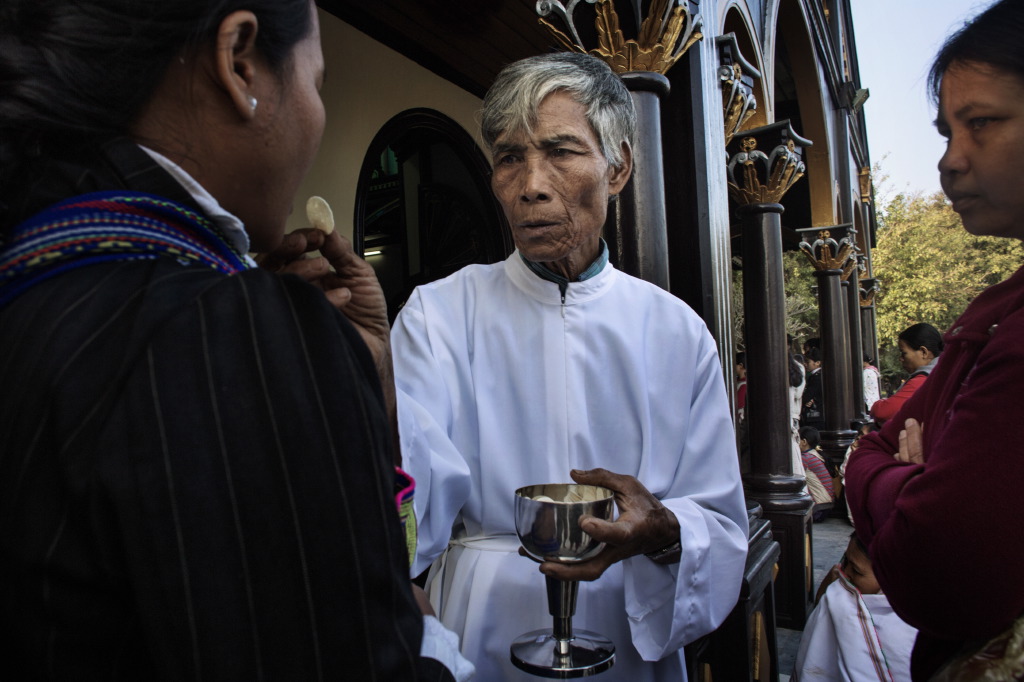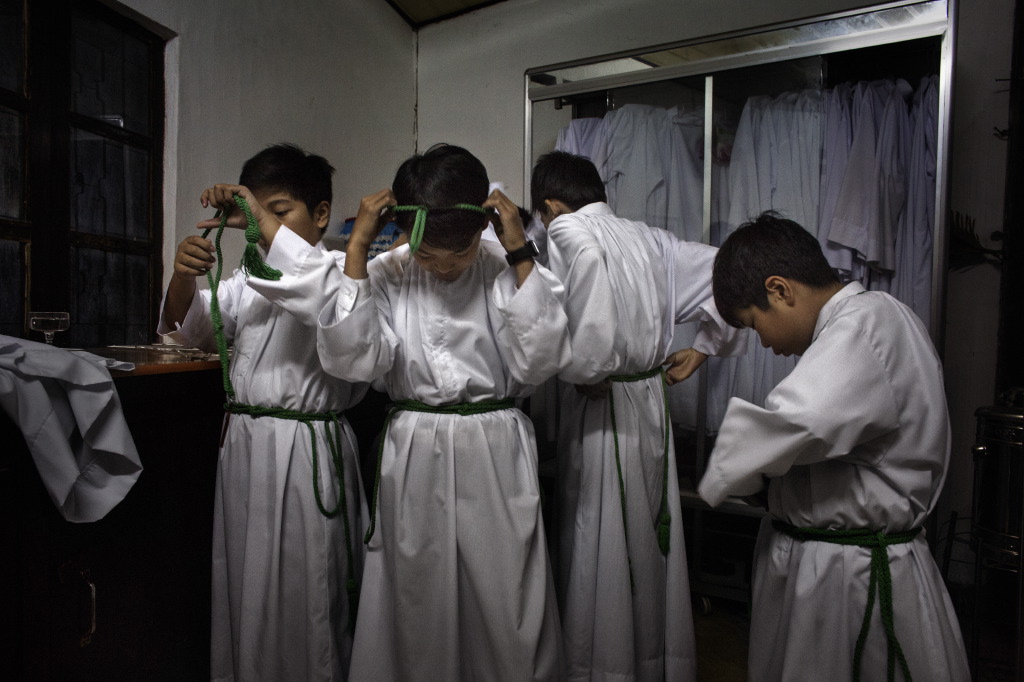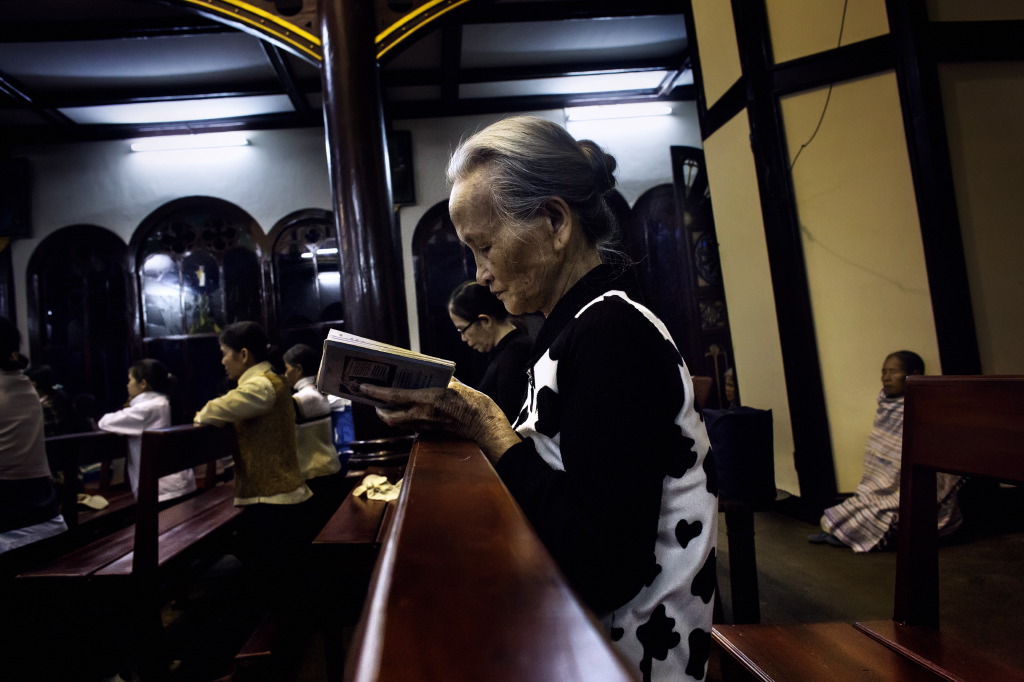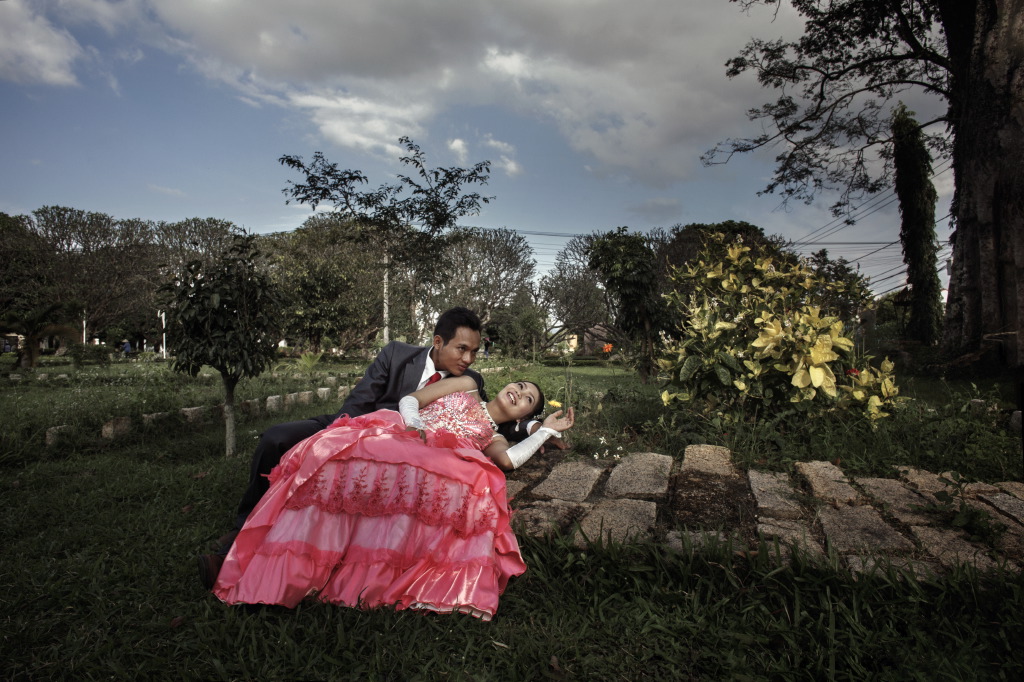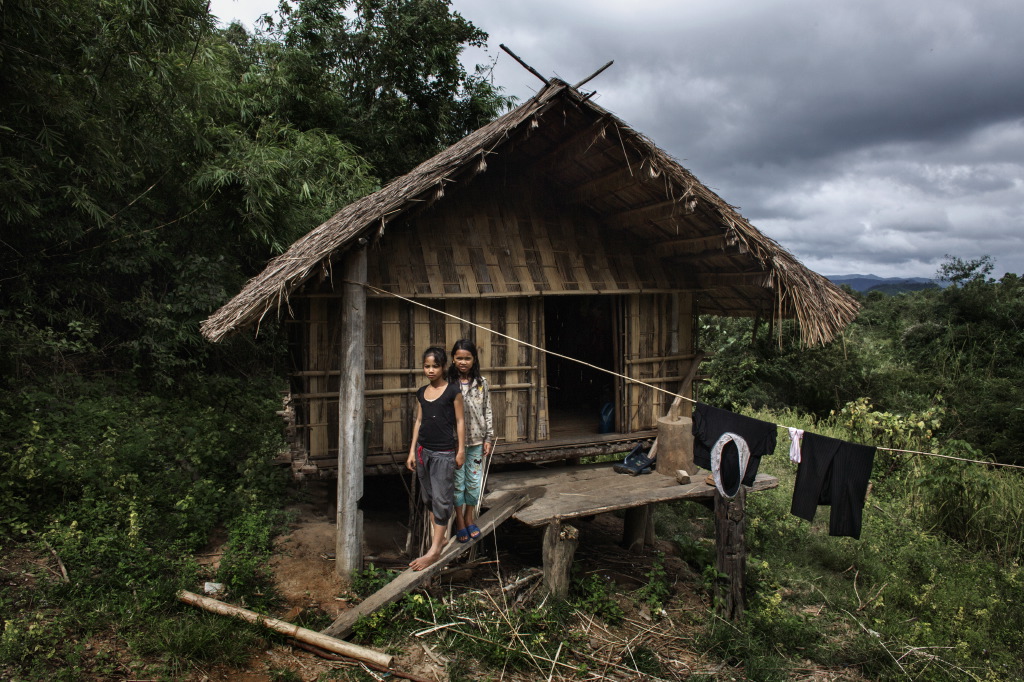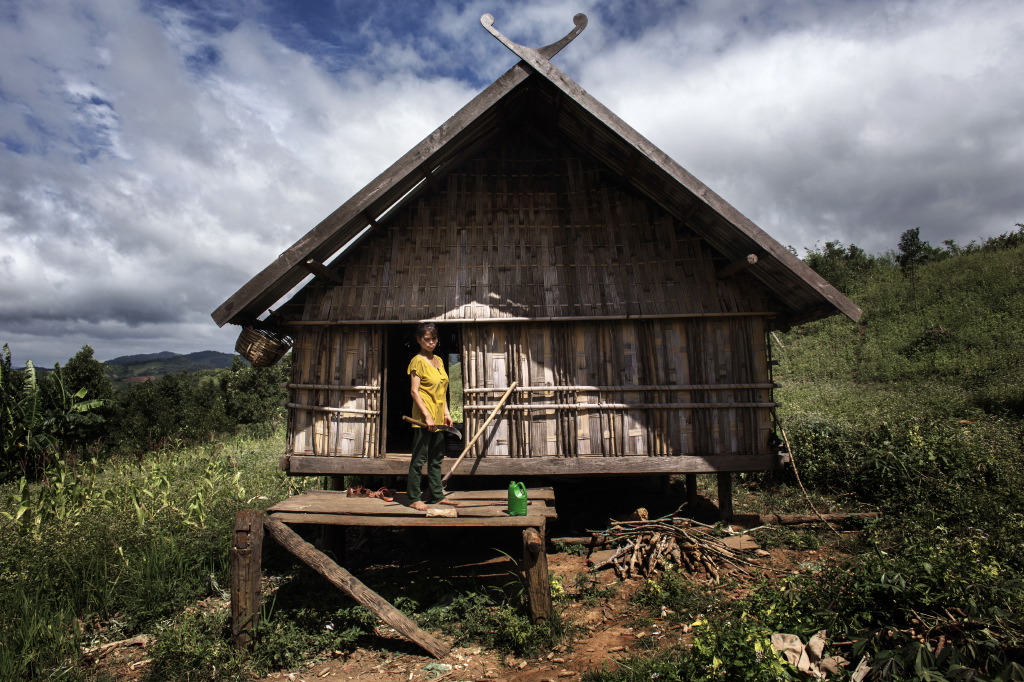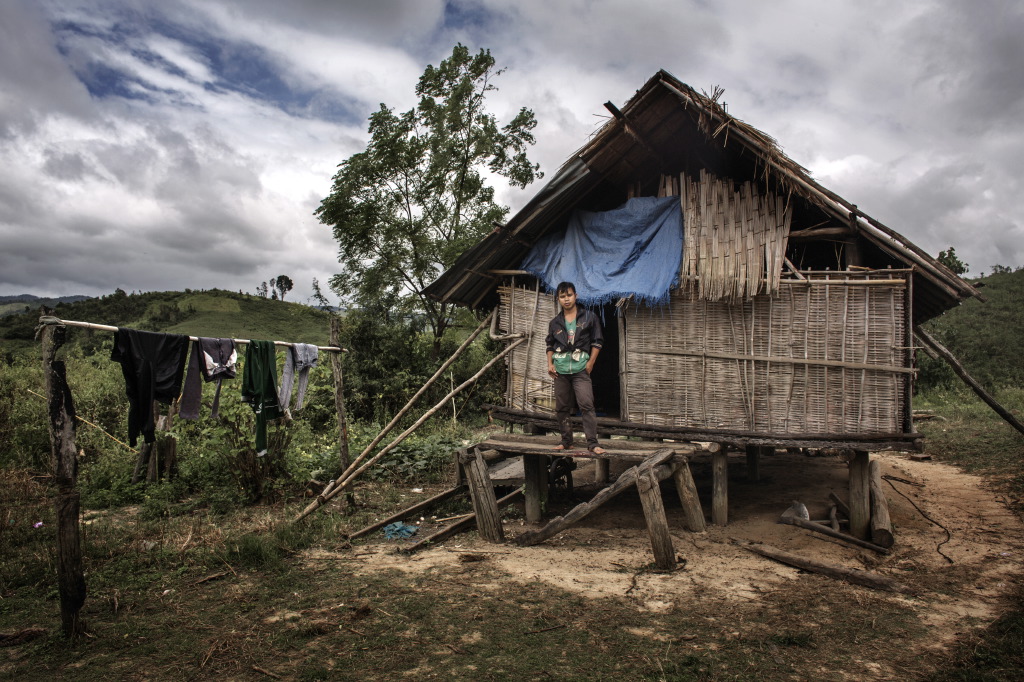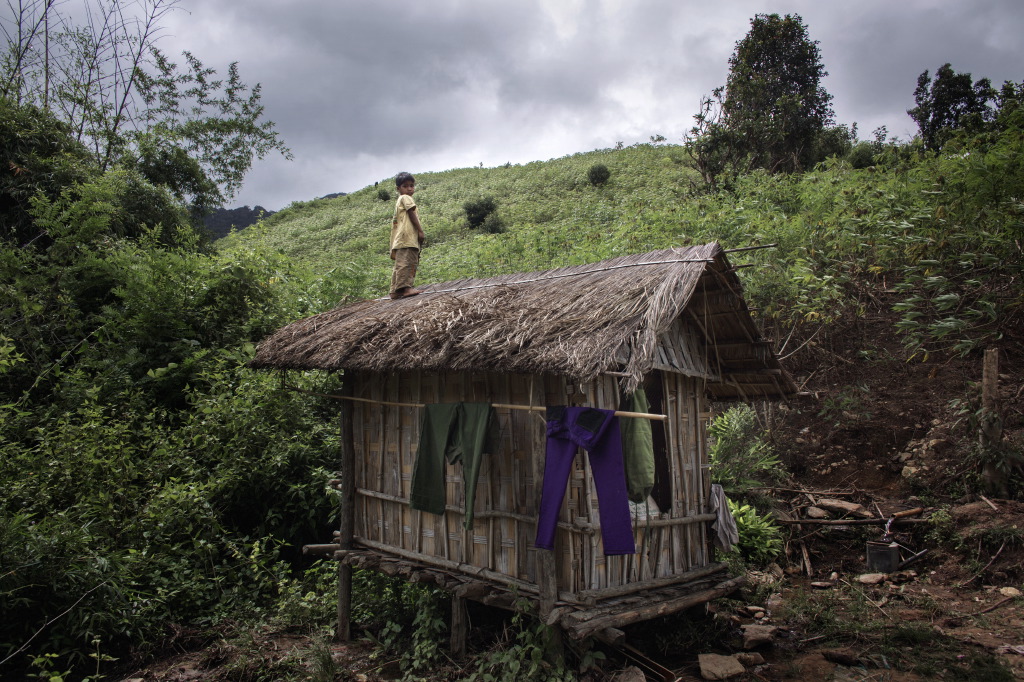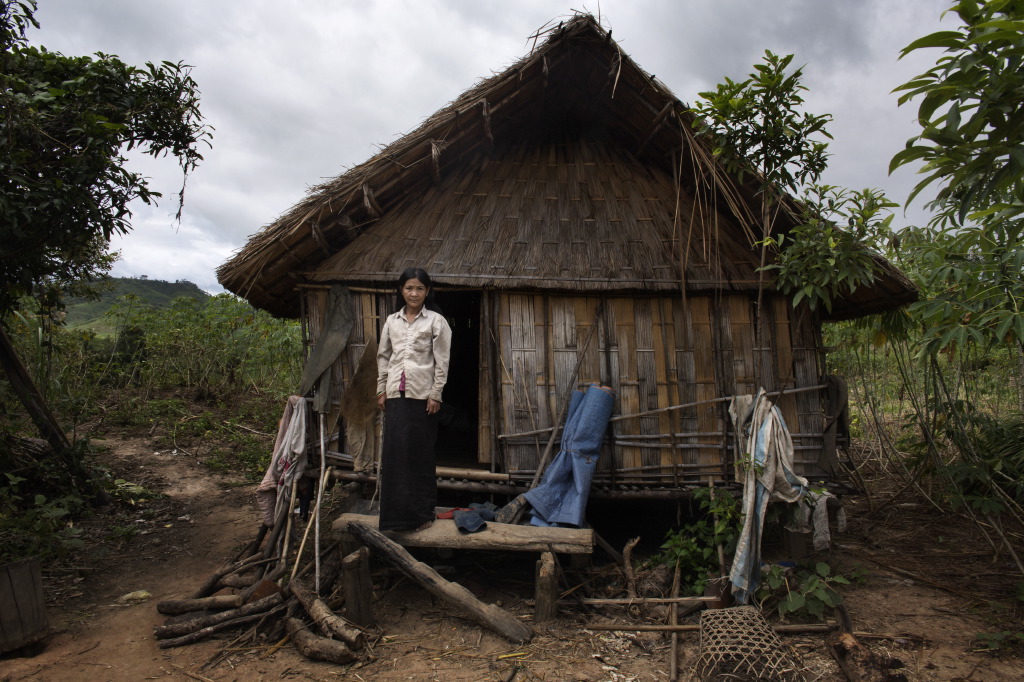X
Economically dependent on shifting cultivation and supplementary trade in forest products and local handicrafts, Degar or Montagnard people live in scattered settlements, and are about to be forced to leave their native lands in the highlands of Vietnam, where they had been living for centuries defending their land from foreign penetration. They claim the status of autonomous Nation. Even during the 60 years of colonialism the Vietnamese presence in this region was scarce. Montagnards, as the French used to call them, are mostly Roman catholic, as a result of early French missionary activity in the mid-XIX century when France established colonial authority over Laos, Cambodia and Vietnam, collectively called Indochina. The Montagnards have always been considered the newcomers, both by colonial officials and Vietnamese merchants, and unwelcome intruders. Even though the number of French colonialists and planters in the highlands increased, the presence of ethnic Vietnamese remained minimal throughout the 1920s and 1930s. The situation changed with the bloody Indochina War, when the defeat of the French in 1954 led to a new design of the Region’s borders and consequently to Montagnards’ fate; the 17° parallel determined the division of communist North Vietnam whilst its Highlands became part of the American supported South Vietnam. Central Highlands became a strategically important region where Americans built military camps, recruited and trained Degars to fight Vietnamese communist forces. Since then, Degars have been considered Vietnamese enemy’s allies and a threat to Vietnam re-union into one Nation. The fall of Saigon in 1975 ended American participation in the Vietnamese war; Central Highlands left isolated from the outside world, with Vietnam Government pushing for its “vietnamisation”. Many Degars left the Country; the Degars who stayed, have been suffering from from political, economic and religious discrimination, often seeking refuge in their churches. These pictures, by Luca Catalano Gonzaga have been taken in the villages close to Kon Tum, the city of Vietnamese Catholicism. Its Roman Catholic Wooden Church has a garden nearby, where there is a replica of Michelangelo’s Pietà which stands as a symbol of the Degar’s faith and resilience and their committment to protect their own identity. Other photos include some of the 127 Montagnard families who had to leave the valley at the foot of the Daklin hydroelectric dam where the water has now invaded what once was their land. The central government has granted these families $10,000 as compensation for having been forced to leave their villages, and $15.000 to rebuild a new house plus free water, food and electricity for four years, the time needed to start a new life. Not everybody was prudent; for many families getting so much money has generated an irrepressible push towards unnecessary expenses (home appliances, motorcycles, TV). The small fortune that would have allowed them to start again, often has gone up in smoke and now many of them find themselves without a home or a small piece of land to cultivate. (text by Luca Catalano Gonzaga).
